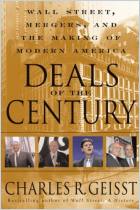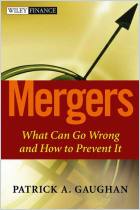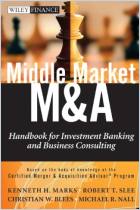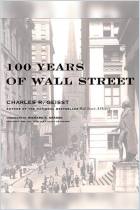
Big Deal: 2000 and Beyond
Mergers and Acquisitions in the Digital Age
Recommendation
M&A tycoon Bruce Wasserstein has not just studied the high-stakes world of corporate mergers & acquisitions, he’s lived it. As head of M&A at First Boston and then as leader of his own firm, Wasserstein has played a role in many pivotal corporate marriages. In these pages, Wasserstein comprehensively examines the hows and whys of history’s largest deals. While skirting the fundamental question of whether mergers & acquisitions enhance or depress shareholder value over the long term, Wasserstein conveys an overwhelming amount of information about the dynamics and tactics that define M&A. The book is enormous and encyclopedic, so it might serve better as a reference text than a straight-through read. getAbstract strongly recommends this book for both its compelling historic accounts of Wall Street’s most important deals and deal makers and its detailed breakdown of how the game actually works.
Summary
About the Author
Bruce Wasserstein is the chairman and CEO of Wasserstein Perella & Company. He worked as a lawyer at Cravath, Swaine & Moore and was co-head of investment banking at First Boston before starting his own firm in 1988. He published an earlier version of this book in 1998 as Mergers and Acquisitions in the Digital Age.




















Comment on this summary or Comenzar discusión